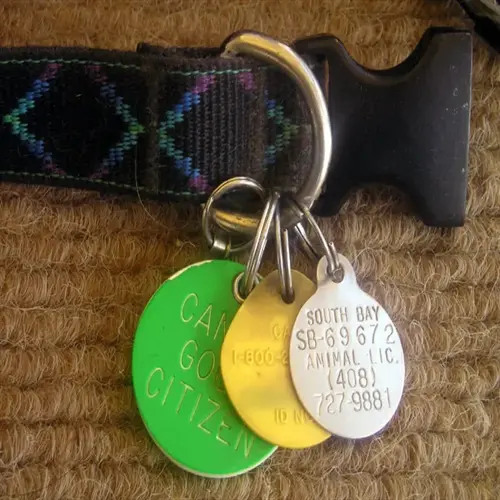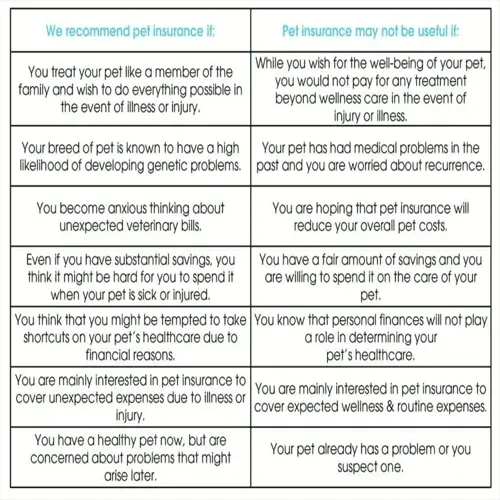How do professionals calm anxious pets during grooming?

Written by
Robert Brown
Reviewed by
Prof. Henry Webster, Ph.D.To effectively calm anxious pets in grooming sessions, professional groomers use science-based procedures. To understand pet anxiety, you need to know what triggers their anxiety, like loud noises or sensitivity to handling. After 15 years of experience, effective techniques have been formulated to turn fearful pets into cooperative clients. These techniques safely help to establish trust between pets and groomers.
Sound Sensitivity
- Pheromone sprays applied 30 minutes pre session reduce anxiety
- Gradual desensitization to clipper sounds over 2 weeks minimum
- White noise machines mask sudden loud noises effectively
Handling Anxiety
- Anxiety wraps apply gentle pressure calming nervous systems
- Lick mats with frozen peanut butter distract during paw handling
- Frequent breaks every 5 minutes prevent overwhelm
Environmental Stress
- Pet safe aromatherapy diffusers with lavender create calm
- Non slip mats provide secure footing reducing tension
- Visual barriers block stressful sights of other animals
Correct application means effectiveness and safety. Pheromone sprays can be applied to bandanas but not directly to the skin. Anxiety wraps should fit snugly but not restrict breathing. Use pet-friendly essential oils in well-ventilated areas. Monitor pets closely at first use and discontinue use if any signs of distress appear. Proper use will help preclude complications.
Desensitization requires several short sessions over weeks. For instance, play the sounds of clippers during mealtimes, and every day, gradually increase the volume. Make sure that you introduce the tools, etc., without turning them on at first. This gradual approach makes the fear responses rewired, causing positive associations to occur with the grooming equipment.
Distraction techniques help pets stay focused during distracting procedures. Frozen lick mats filled with yogurt occupy pets during nail trims. Clinically anxious eaters are engaged by food puzzles, thus helping them to be less focused on sensitive and difficult areas during handling. Interactive toys redirect attention away from stressful stimuli quite effectively.
Identify when professional intervention is necessary. Pets exhibiting aggressiveness or severe panic require veterinary behaviorists. Severe cases may require medication. Never force pets through sessions that create trauma. Patience ensures trust, now allowing for future success grooming.
Read the full article: 10 Must-Have Pet Grooming Tools for Pros

